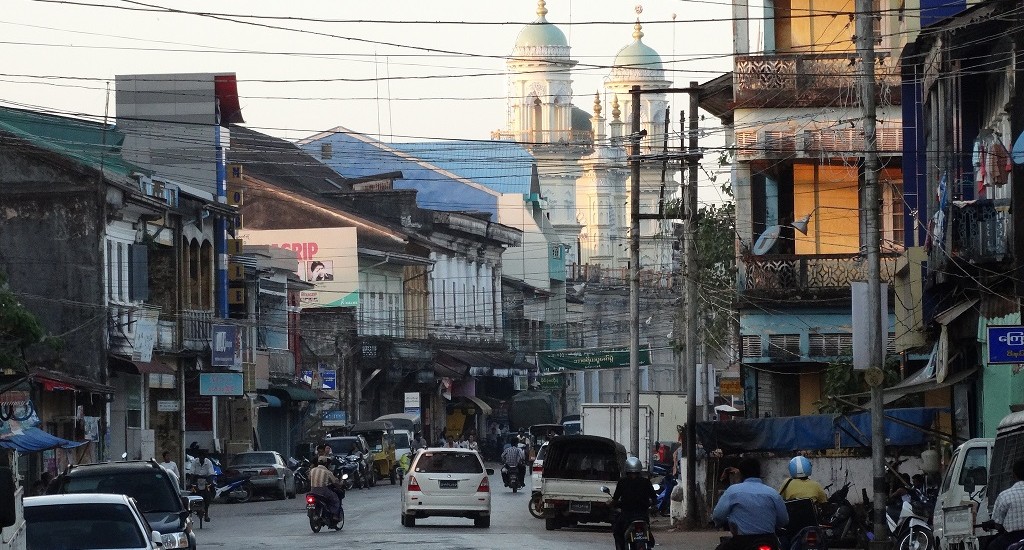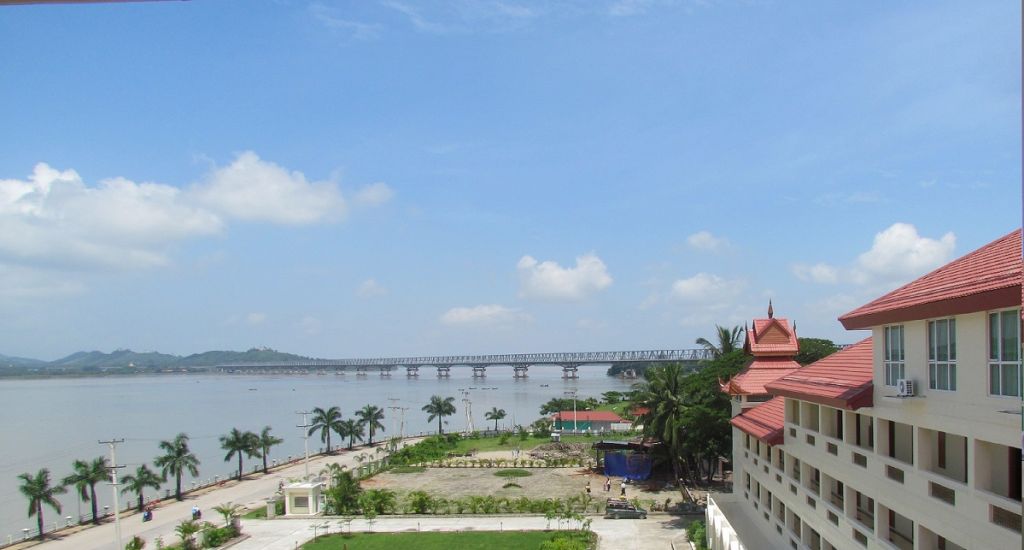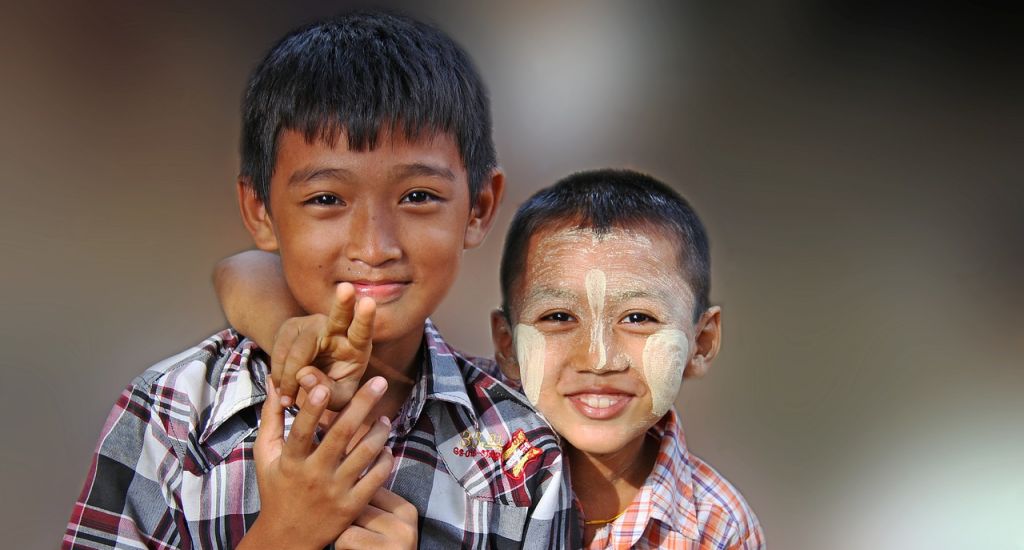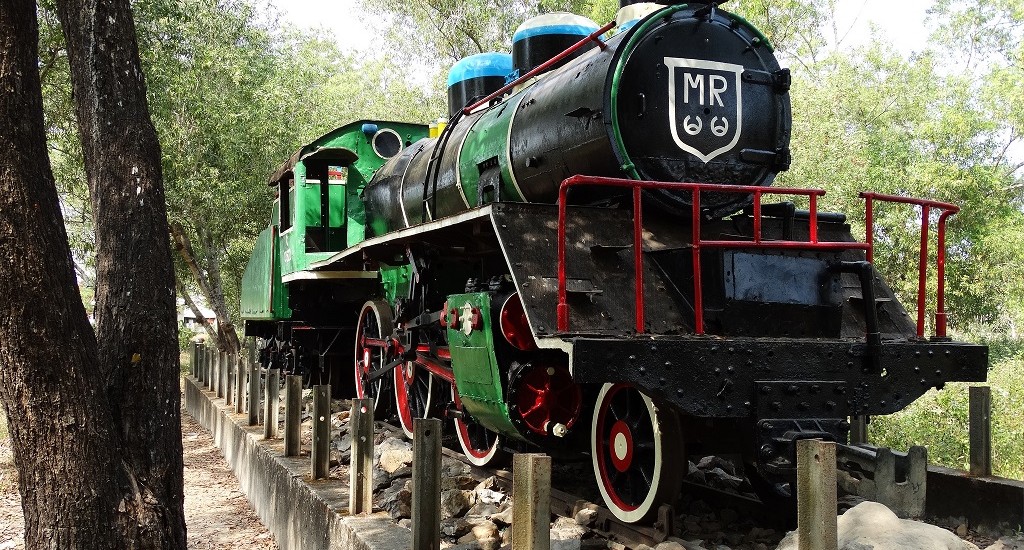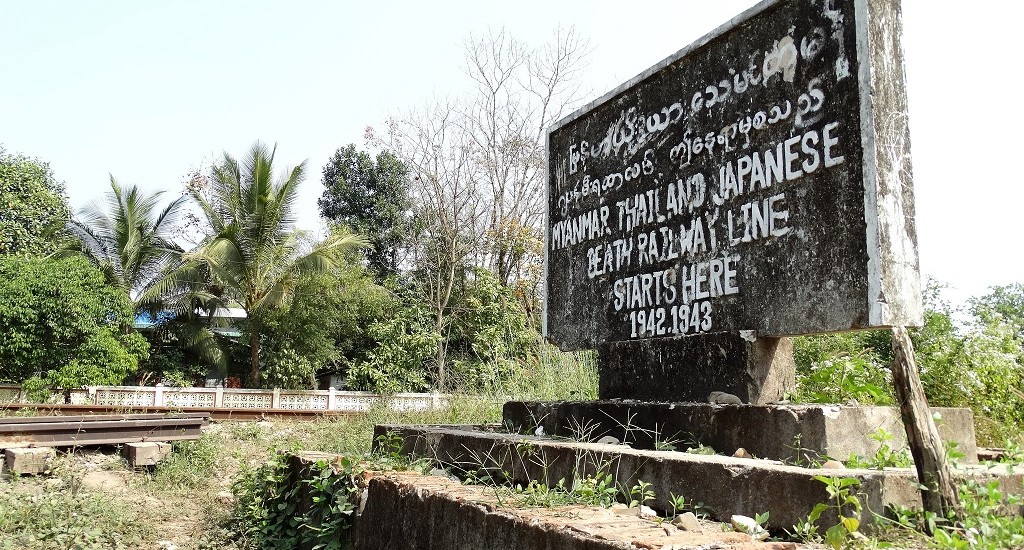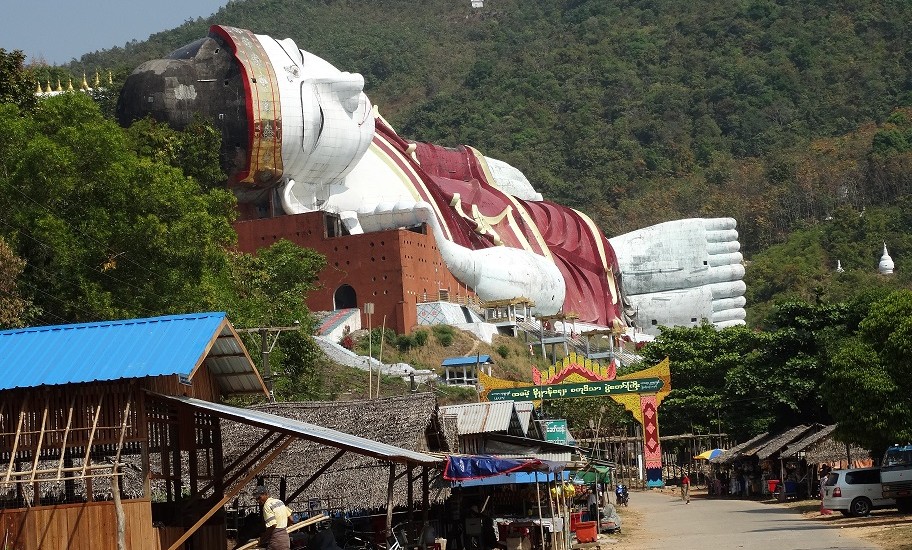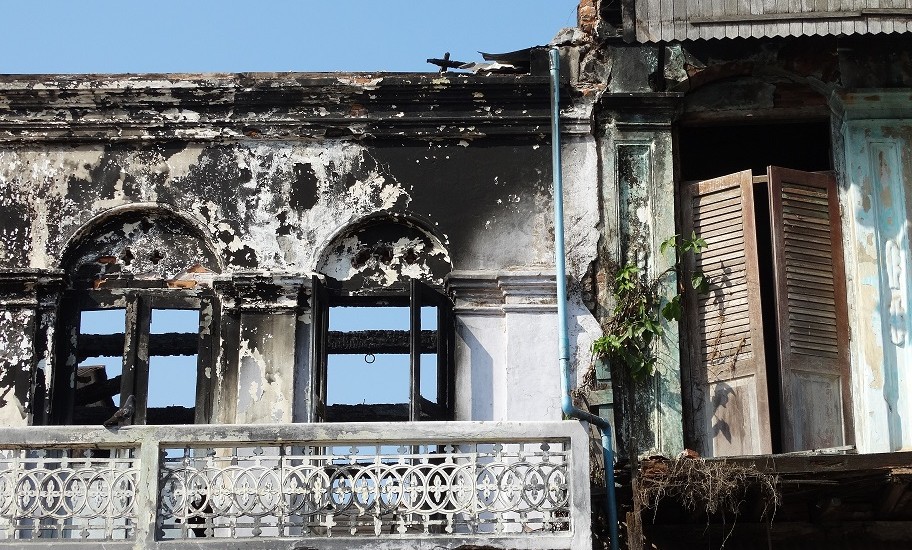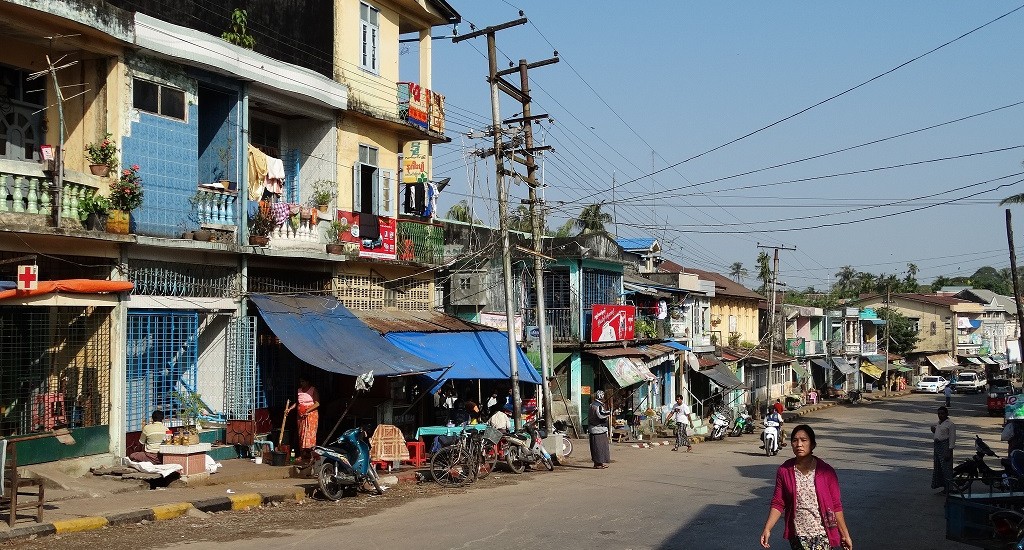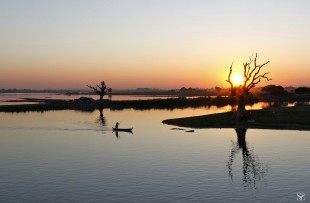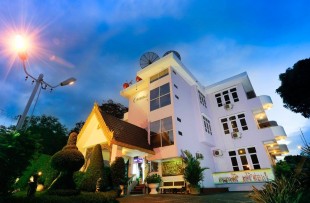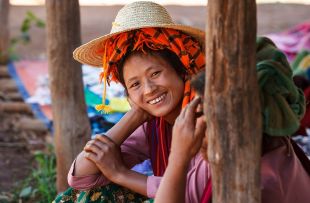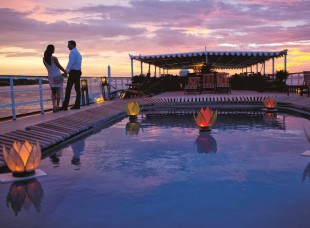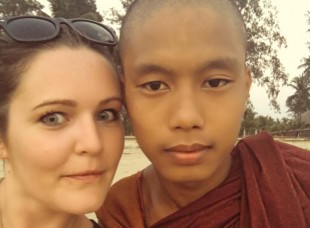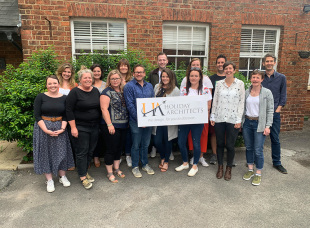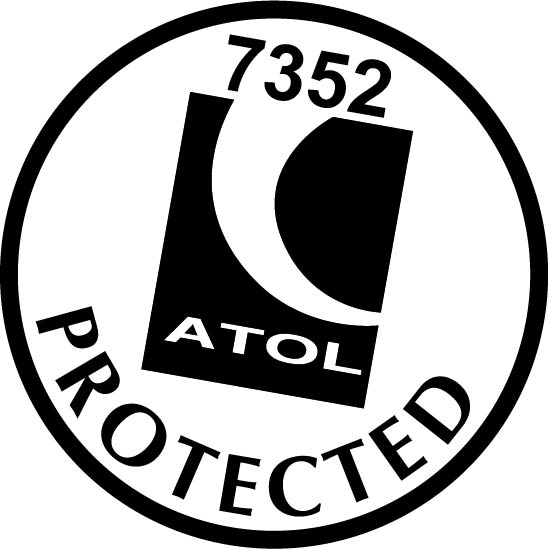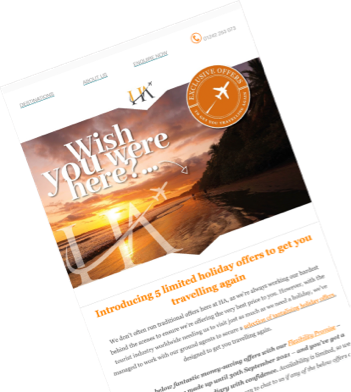Moulmein (variously spelled, the official could be ‘Mawlamyine’) may give every impression that it is merely a sleepy southern backwater, pleasantly nestled on the Andaman coast, a full days’ drive south of Yangon. But this would be to deny an illustrious history – Moulmein used to be Asia’s busiest teak port and was also the first administrative capital of British Burma. It is now the important Mon State capital and is in fact Burma’s fourth largest city (never-visited Dawai, further south, sneaks in at number 3). It is home to a fascinatingly diverse population which comprises of the Mon (the majority), Burmese, Kayin, Chinese, Tamil and Indian and the Mon State Cultural museum offers much insight into the state’s history and people.
The town is pleasantly situated on the Salween river delta and is flanked by lush countryside and pagoda-dotted hills. This whole region is very much off-the-beaten-track and it is unlikely that you will find other travellers in this town which radiates a strong sense of post-Colonial decay.
The principal reasons to visit are for the many Buddhist stupas and monasteries, all of which welcome visitors with plenty of time to stay and talk to the monks. Most notable are Kipling’s Kyaikthanlan Pagoda, quirky little Shampoo Island and the enormous and brightly painted reclining Buddha at Win Sein monastery. The infamous “”death railway””, built by Japan (using POWs) to carry troops and supplies into Burma during WWII, passes to the south and Thanbyuzayat cemetery is a moving yet beautiful place.
Also down this stretch of coast you can visit Setse Beach and Kyaikhami (Amherst) – a seaside resort with its Yele Pagoda perched over the sea.


